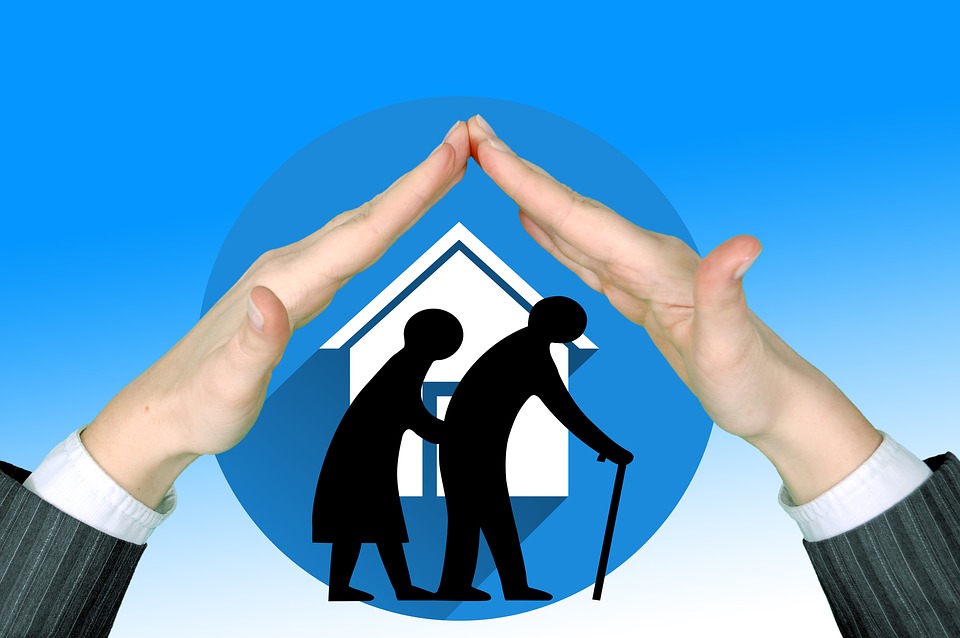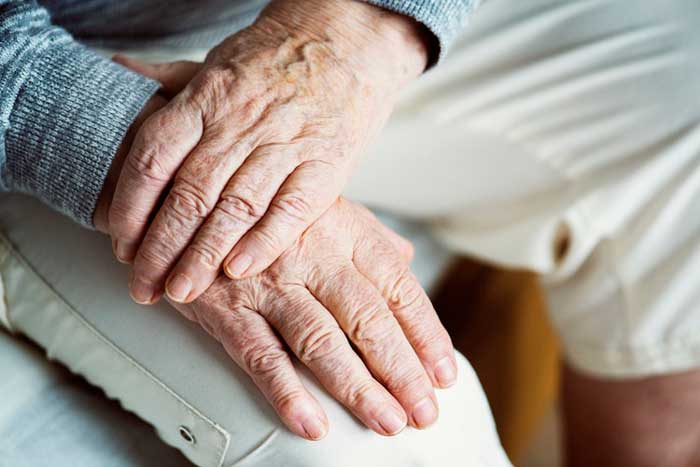The news media is quick to report on cases of child abuse and domestic abuse in our communities, but we rarely hear about nursing home abuse. And that’s because nursing home abuse is largely hidden in the shadows and rarely gets the sort of exposure it deserves.
Nursing Home Abuse: A Look at the Numbers
“Elder abuse is a single or repeated act, or lack of appropriate action, occurring within any relationship where there is an expectation of trust, which causes harm or distress to an older person,” The World Health Organization (WHO) explains. “This type of violence constitutes a violation of human rights…”
When it occurs inside of a community setting or care facility, elder abuse is referred to as nursing home abuse. And according to the WHO, roughly 1 in 6 individuals over the age of 60 will experience some form of nursing home abuse over the course of this year.
5 Types of Nursing Home Abuse
Nursing home abuse comes in all shapes and sizes, is driven by a myriad of motivating factors, and leads to varying degrees of consequences. As we shine a spotlight on this issue, it’s helpful to differentiate between the most common types of abuse seen in care settings:
Physical
Physical abuse can occur in different ways. It involves everything from blatant abuse – like hitting, slapping, or kicking – to aggressive forms of physical restraint. Signs and symptoms of physical abuse include bruising, swelling, cuts and lacerations, scrapes, and broken bones.
Financial

While the effects of physical abuse are often visible and apparent to the naked eye, other forms of abuse are less detectable. This includes financial abuse.
“In an age where identity theft is a growing concern, elderly patients are often targets for identity thefts and other criminals,” Nursing Home Law Center LLC explains. “Workers may steal financial documents or steal money directly from their patients. They often threaten patients or take advantage of those who are suffering from neurological disorders in order to gain access to financial information or money.”
Sexual
Sexual abuse is of the least commonly discussed forms of elder abuse. Victims are often embarrassed and confused, which prevents them from speaking out. And like other forms of abuse, no two instances of sexual abuse are the same.
“It is important to remember that sexual abuse isn’t limited to just physical contact between two persons,” Nolo explains. “It can also take the form of verbal communication or other acts, such as requiring the resident to unnecessarily disrobe in front of a staff member or other person.”
Emotional
Emotional abuse is any form of forceful action – verbal or otherwise – that deliberately causes anguish, anxiety, fear, or other unhealthy mental states. This may include actions like:
- Ignoring a resident’s requests.
- Using intimidation tactics to make a resident submissive.
- Making verbal threats.
When emotional abuse is present, elderly nursing home residents tend to withdraw and isolate themselves. This can eventually lead to loneliness, anxiety, and depression.
Neglect
Neglect often encompasses other forms of abuse, but is defined as the act of ignoring an individual’s needs, wants, and desires. Patients have a right to medical care, basic hygiene, food, water, and proper accommodations. Any refusal to provide these things qualifies as neglect.
The Push for Accountability and Reform

Nursing home abuse isn’t a new problem. It’s been around for decades and has ben addressed in a variety of ways over the years. The most notable action took place in 1987 when the Nursing Home Reform Act was signed into law by President Ronald Reagan as part of the Omnibus Budget Reconciliation Act. Within this bill, nursing home residents are entitled to a basic set of rights that includes mentions of privacy, proper accommodations, dignity, and freedom from mistreatment, abuse, and neglect.
While the content of the Nursing Home Reform Act is constructive and helpful, the problem is that many of the issues that are addressed in this bill get swept under the rug by nursing home administrators and caregivers. There’s a huge lack of accountability and we need to go back to the drawing table to determine a proactive solution that illuminates gaps in communication and empowers nursing home residents and their loved ones to take action.











